How Brain Pacemakers Treat Parkinson’s Disease
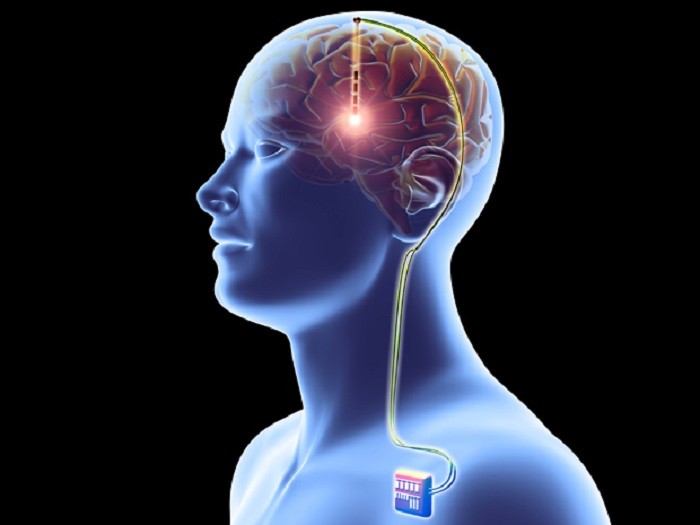
A brain pacemaker is a medical device implanted into the brain to stimulate the nervous tissues with electric signals. These pacemakers are being used widely to provide treatment to the patients having neurological disorders such as Parkinson's disease, epilepsy, and others. Other than giving stimulation to the brain, pacemakers also play an essential role in stimulating the spinal cord. Brain pacemakers have been found to offer a safe and effective procedure that provides symptomatic relief to patients.
What is Epilepsy? Market Dynamic of Epilepsy
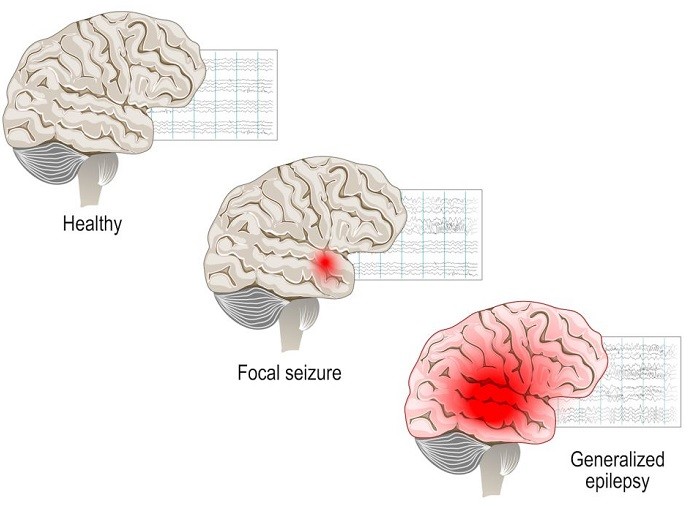
Epilepsy is a brain disorder in which a person has repeated seizures over time. Seizures are episodes of uncontrolled and abnormal firing of brain cells that may cause changes in attention or behavior.
Organs-on-Chips: Applications, Challenges, and the Future
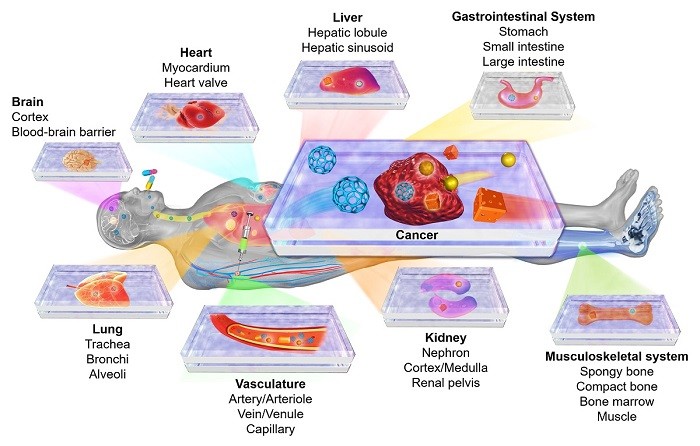
Limitations of current planar, static cell culture systems or animal models result in the high drug failure rates seen in clinical trials, a limitation that can cost pharmaceutical companies billions of dollars. In addition, many human diseases are still unable to be accurately modelled in vitro, limiting understanding and therapy development. These issues highlight the urgent need for more physiologically relevant models of human organs, and have fuelled the development of organs-on-chips.
Neuroscience Prediction 2020
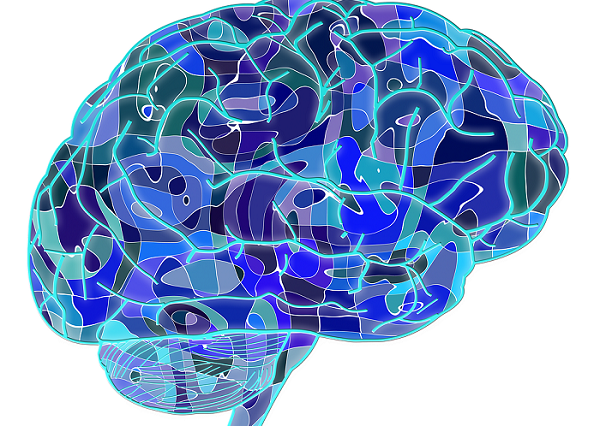
Increasing cases of neurological disorders, which include Alzheimer’s, Parkinson’s diseases, and other dementias are expected to boost the neuroscience market growth over the forecast period. For instance, according to according to the World Alzheimer Report 2015 published by Alzheimer’s Disease International (ADI), in 2015 the new dementia cases in the regions were 4.9 million (49.0%) in Asia, 2.5 million (25.0%) in Europe, 1.7 million (18.0%) in the Americas, and 0.8 million (8.0%) in Africa. Furthermore, according to the Parkinson's UK, in 2015 there were around 137,000 people suffered from Parkinson’s in the U.K.
Biomarkers On the Brain: Putting Biomarkers Together for a Better Understanding of the Nervous System
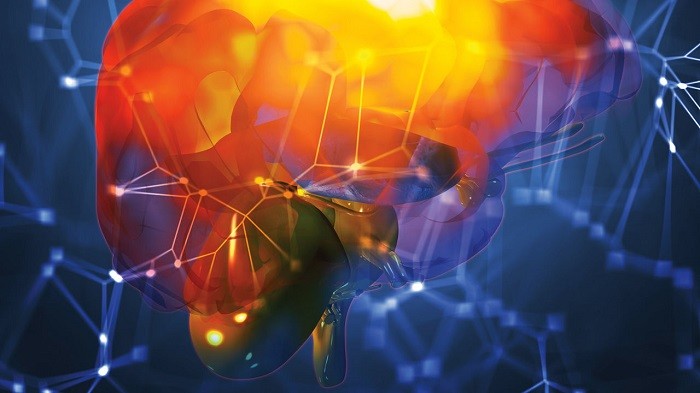
Biomarkers for neurological diseases used to be few and far between, but better technology is making it easier for researchers to track brain health by measuring molecules. This means less invasive testing, earlier diagnosis, faster drug development, and—hopefully—more effective treatments.
Neurostimulation Devices for Depression: An Overview
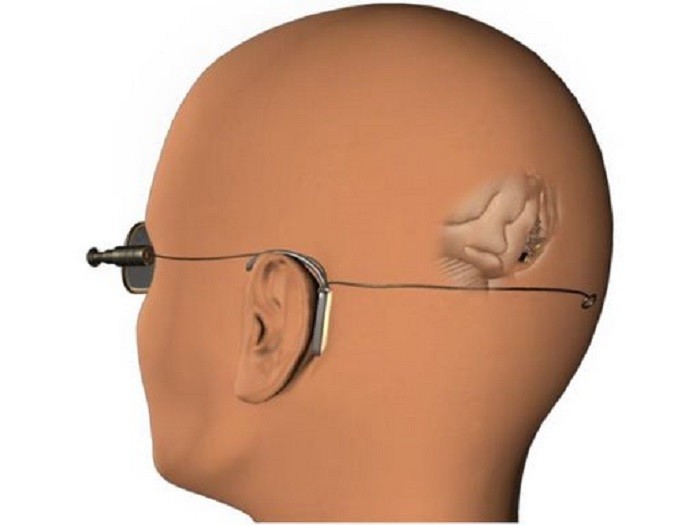
Rapid advancements in neurostimulation technology provide relief to an unprecedented number of patients affected by debilitating neurological and psychiatric disorders. Neurostimulation therapy includes invasive and non-invasive methods that include the use of electrical stimulation to control neural function inside a circuit.
Researchers Develop a Brain Pacemaker to Help Alzheimer’s Patients

The Insight Partner's dedicated research and analysis team consists of experienced professionals with advanced statistical expertise and offers various customization options in the existing study.
Brain Computer Interface - Bridging Gaps Between Machines And Humans
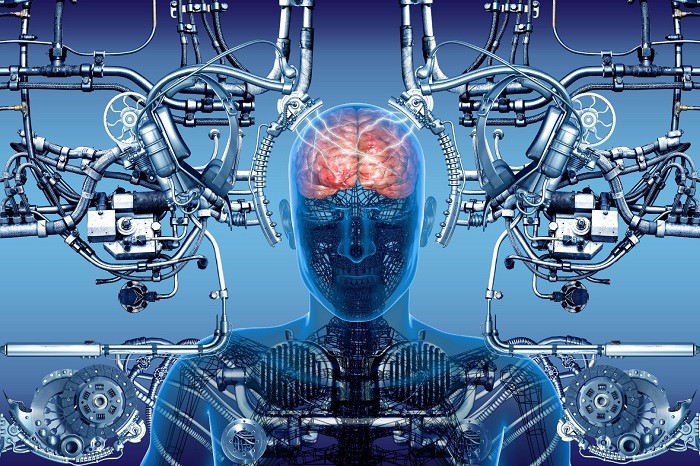
Brain-computer interface (BCI) is a technology that agree to communicate between a human-brain with an external technology. The term can be referred to an interface that takes signals from the brain to an external piece of hardware that sends signals to the brain. There are different brain-computer interface technologies developed, through different methods and for diversified purposes, including in virtual reality technology.
Autism Spectrum Disorders
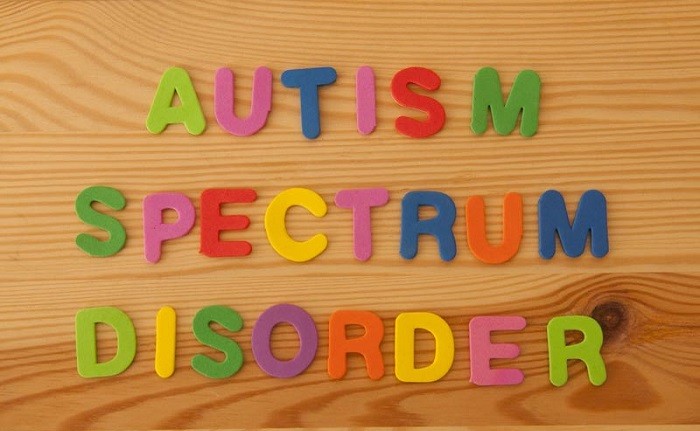
Autism Spectrum Disorder (ASD) is a group of neurological conditions, which hampers developmental of social interaction, communication and use of verbal and non-verbal language. The exact cause is still unknown. People with autism have issues in carrying out regular activities. Children with autism have issues during social interaction. Social interaction and communication are the core impairments of ASD, whereas, seizures, sensory issues, anxiety, sleep deficits, self-injury and others are associated symptoms. There is no definitive treatment for the treatment of core symptoms yet, however, the FDA have approved many drugs for associated symptoms. For instance, antipsychotics such as risperidone and aripripazole are used in treating...
The Emerging World of Neuroprosthetics

Our brains are networks of neurons, nerve cells that transmit information using electrical and chemical signals. Let’s narrow our view on that part of the brain responsible for planning, control, and execution of voluntary motion — the motor cortex. To record electrical signals from the motor cortex, we’re aware of three main approaches. The first two are electroencephalograms (EEGs), a series of electrodes placed on a subject’s scalp, and electrocorticography (ECoG), surgically inserting electrodes into the brain.